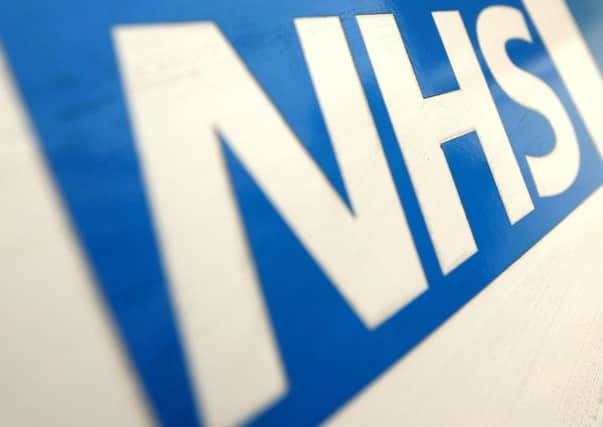Plan to reshape health services in West Yorkshire and Harrogate to fill £1bn gap


A wide-ranging plan laying out how health and social care in the region will be reshaped to plug the financial black hole was published yesterday.
The Sustainability and Transformation Plan (STP) for West Yorkshire and Harrogate reveals that if no action was taken, the health economy would face a £1.07bn deficit by 2021.
Advertisement
Hide AdAdvertisement
Hide AdMeasures set out in the plan would cut that deficit to £91m by making efficiencies, preventing ill-health and centralising services.
Health chiefs said the proposals would improve care for 2.6m people, helping people to live longer and potentially saving lives.
Rob Webster, West Yorkshire and Harrogate STP Lead, and chief executive of South West Yorkshire Partnership NHS Foundation Trust, said: “The draft STP is a great chance to work on a longer term plan that covers all services together. “This is the only way we can start to improve care, meet local needs and manage our finances.”
The Government has ordered that every area in the country draws up STPs to show how they will cope with the aging population and growing demands on healthcare, while resources are being squeezed.
Advertisement
Hide AdAdvertisement
Hide AdHowever they have proved controversial with some campaign groups claiming they will lead to services being reduced or closed.
The West Yorkshire and Harrogate plan is the first in Yorkshire to be published and sets out the issues facing the NHS, including that demand is growing faster than the increases in funding provided to the NHS.
It says finances are “a challenge” and that “difficult decisions will need to be made”.
The STP also highlights longer waits in A&E departments and for planned treatment, with performance against national targets deteriorating across most of the region, and the growing issue of bed-blocking which it warns will worsen without action.
Advertisement
Hide AdAdvertisement
Hide AdThe area has high levels of cardiovascular disease, half of residents are overweight and over 200,000 are at risk of diabetes.
Under the plan, action to improve health would include cutting smoking rates from 18 per cent to 13 per cent, reducing alcohol-related hospital admissions by 500 a year and boosting cancer survival rates for a year after diagnosis to 75 per cent by 2020, which could save 700 lives each year. A further aim would be to reduce the number of suicides, which have particularly increased among men in Leeds, by 75 per cent.
Other proposals covering urgent and emergency care include reducing A&E attendances by 4 per cent and avoidable emergency admissions by 3 per cent, and cutting ambulance journeys to A&Es by 12 per cent, equating to over 23,000 journeys.
Work will also take place to integrate the 999 and 111 telephone services, so the ambulance service could offer a treatment service by next year, as well as providing transport.
Advertisement
Hide AdAdvertisement
Hide AdMr Webster added that feedback had already been taken into account in six local plans which make up the STP, but added: “It is not set in stone and we will be engaging with staff and the public in the planning and design of the proposals as they progress and we are calling for people to get involved.”